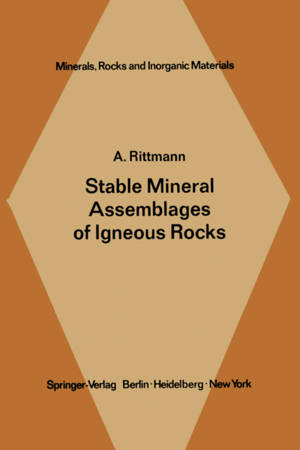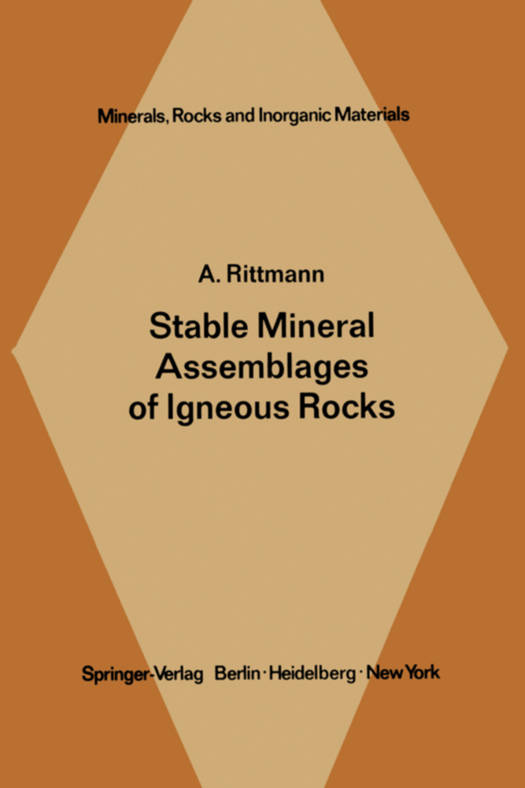
- Afhalen na 1 uur in een winkel met voorraad
- Gratis thuislevering in België vanaf € 30
- Ruim aanbod met 7 miljoen producten
- Afhalen na 1 uur in een winkel met voorraad
- Gratis thuislevering in België vanaf € 30
- Ruim aanbod met 7 miljoen producten
Zoeken
Omschrijving
This book represents the results of a lengthy study which Professor ALFRED RITTMANN began some thirty years ago. The relationship between the chemical and mineralogical composition of igneous rocks is established as far as is possible. Petrographers will appreciate that this problem is extremely complex, particularly since this relationship forms the basis of the classification and nomenclature of igneous rocks. The ingenious scheme of calculation of the CI.P.W. norm system is essentially chemical in nature. The compositions of the stoichiometrically ideal "normative minerals" do not correspond to those of the constituent minerals found in rocks. Although the "norm" is not intended to equal the "mode" or actual mineral composition of a rock, at least a qualitative agreement between the norm and the mode is desirable. For a number of rocks and rock groups, especially the leucocratic and silicic rocks, the deviation of the norm from the mode is generally within tolerable limits. For the melanocratic and highly subsilicic rocks, on the other hand, the CI.P. W. scheme of calculation too often yields results which fail to reflect the observed mineral composition. The anomalies produced in the cal- culation of extremely subsilicic volcanic rocks have recently been briefly discussed by F. CHAVES and H. S. YODER, JR. (1971).
Specificaties
Betrokkenen
- Auteur(s):
- Uitgeverij:
Inhoud
- Aantal bladzijden:
- 264
- Taal:
- Engels
- Reeks:
- Reeksnummer:
- nr. 7
Eigenschappen
- Productcode (EAN):
- 9783642654848
- Verschijningsdatum:
- 15/11/2011
- Uitvoering:
- Paperback
- Formaat:
- Trade paperback (VS)
- Afmetingen:
- 152 mm x 229 mm
- Gewicht:
- 381 g

Alleen bij Standaard Boekhandel
+ 184 punten op je klantenkaart van Standaard Boekhandel
Beoordelingen
We publiceren alleen reviews die voldoen aan de voorwaarden voor reviews. Bekijk onze voorwaarden voor reviews.








